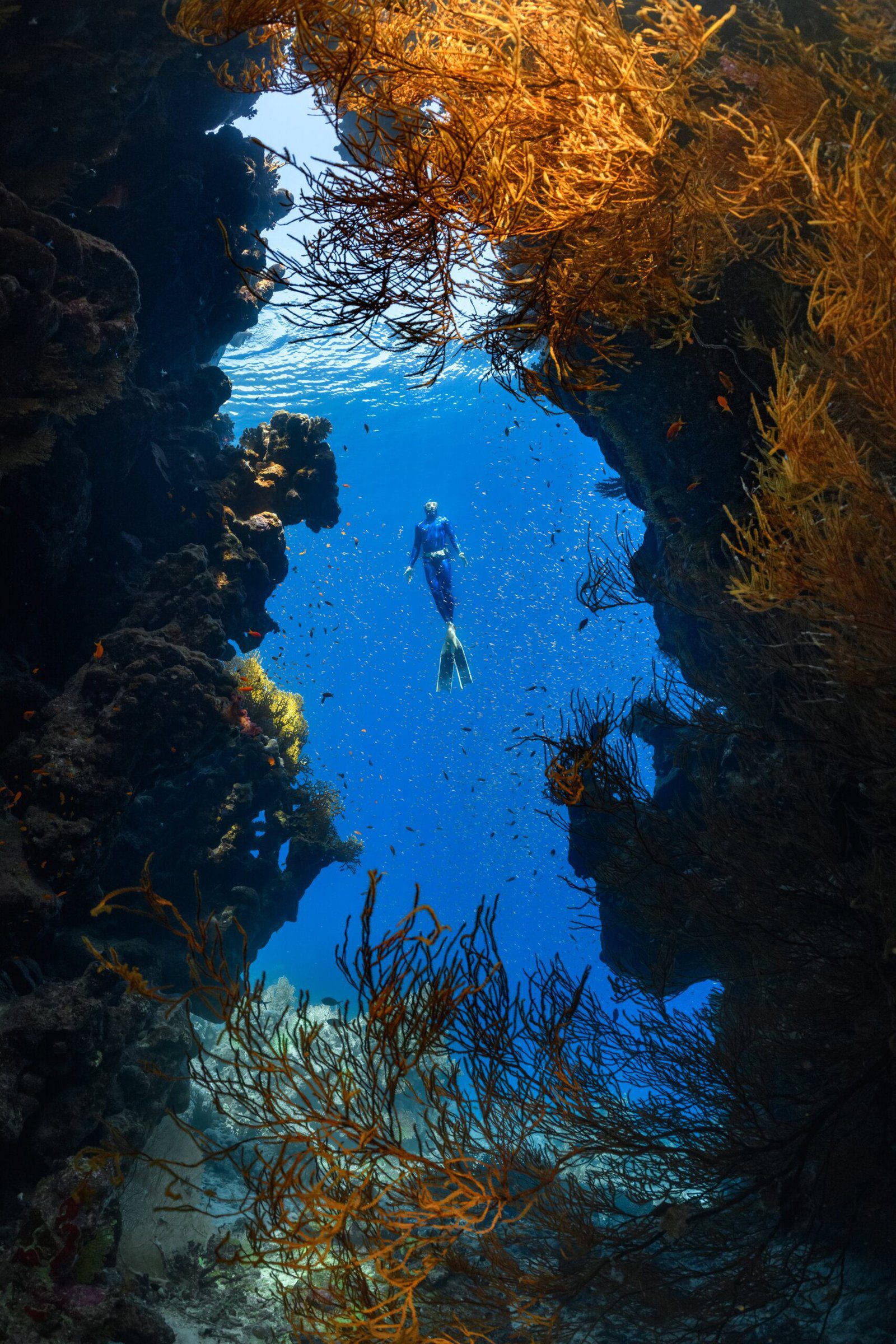Table of Contents
Are you a wildlife enthusiast looking for a unique experience in the UK? Look no further! Discover the fascinating world of capybaras, the largest rodent species in the world, right here in the UK wildlife parks. With their adorable, round bodies and friendly nature, spotting these fascinating creatures is an absolute delight. Whether you are a seasoned wildlife explorer or simply curious about these charming creatures, read on to find out the best places to see capybaras in the UK. Get ready to embark on an unforgettable adventure!

Introduction
What are Capybaras?
Capybaras are the largest living rodents and are native to South America. They have a unique appearance, with a stout body, short legs, and a long, tapered muzzle. Their fur is short and coarse, usually in shades of brown. Capybaras are known for their social behavior and can often be seen in large groups, grazing in grassy areas or lounging near bodies of water.
Why visit UK wildlife parks?
Visiting UK wildlife parks offers a wonderful opportunity to observe and learn about different species from around the world. These parks provide a safe and natural environment for animals to thrive, and they allow visitors to witness the beauty of wildlife up close. By visiting these parks, you not only contribute to conservation efforts but also gain a deeper appreciation for the incredible diversity of our planet.
Ideal locations for spotting Capybaras in the UK
While Capybaras are not native to the UK, there are several wildlife parks across the country that house these fascinating creatures. These parks have carefully created habitats that mimic the Capybaras’ natural environment, allowing them to flourish. So if you’re eager to catch a glimpse of these adorable and curious creatures, there are plenty of ideal locations to choose from in the UK.
Wildlife Parks in the UK
Understanding the concept of wildlife parks
Wildlife parks in the UK are establishments designed to provide a safe and natural habitat for a wide variety of animal species. These parks prioritize the welfare of the animals and aim to educate the public about conservation and the importance of protecting wildlife. They often offer a range of facilities, including walk-through enclosures, guided tours, and interactive exhibits that allow visitors to get up close with the animals.
Popular wildlife parks in the UK
The UK boasts numerous wildlife parks that are home to a diverse range of animal species, including Capybaras. Some of the most popular wildlife parks include the Yorkshire Wildlife Park, the Woburn Safari Park, and the Cotswold Wildlife Park. These parks not only provide a home for Capybaras but also offer a multitude of other attractions, such as themed exhibits, conservation initiatives, and educational programs.

Capybaras: An Overview
Physical characteristics of Capybaras
Capybaras are impressively large rodents, with adults typically weighing between 77 and 146 pounds (35 to 66 kilograms). They can reach a length of about 4 feet (1.2 meters) and stand around 2 feet (0.6 meters) tall at the shoulder. Their bodies are well adapted for a semi-aquatic lifestyle, with webbed feet and eyes and nostrils positioned high on their heads, allowing them to see and breathe while submerged in water.
Habitat and natural behavior
In their natural habitat, Capybaras inhabit the forested areas of South America, specifically those near bodies of water such as lakes, rivers, and swamps. They are excellent swimmers and often take to the water to escape predators or regulate their body temperature. These highly social animals typically live in large groups, known as herds, which can consist of anywhere from 10 to over 100 individuals. They communicate through a variety of vocalizations, including barks, whistles, and purrs.
Caring for Capybaras in Captivity
The importance of conservation
Maintaining Capybaras in captivity plays a vital role in their conservation. By providing them with a safe and suitable environment, wildlife parks not only contribute to the wellbeing of individual animals but also help raise awareness about the challenges these species face in the wild. Captive breeding programs within wildlife parks also ensure the long-term survival of Capybaras and help to maintain genetic diversity.
Challenges in maintaining Capybaras in captivity
Caring for Capybaras in captivity can present unique challenges. These animals require spacious enclosures with access to water, as they are semi-aquatic and have specific dietary needs. Maintaining a proper diet consisting of fresh grass and other vegetation is crucial for their wellbeing. Additionally, since Capybaras are highly social, it is important to ensure they have opportunities for social interaction and enrichment to prevent boredom and promote their overall mental and physical health.

Best Time to Visit Wildlife Parks
Seasonal changes affect Capybara behavior
The behavior of Capybaras can vary depending on the time of year. In the warmer months, they tend to be more active, spending more time grazing and basking in the sun. During the cooler seasons, they may become less active and seek shelter in cozy areas. Understanding these seasonal changes in behavior can greatly enhance your chances of spotting Capybaras during your visit to a wildlife park.
Peak times for Capybara sightings
The best time to visit wildlife parks for Capybara sightings is typically during the mornings and evenings when they are most active. These are the times when Capybaras are more likely to be out in the open, foraging for food or interacting with their herd. However, it’s important to note that wildlife behavior can be unpredictable, so it’s always advisable to check with the park for any specific feeding or activity schedules to maximize your chances of observing these captivating creatures.
Understanding Capybara Habitats
Their preferred environments
Capybaras prefer habitats with access to water, as they rely on it not only for drinking but also for regulating their body temperature and escaping from predators. These habitats can include marshes, riversides, and grassy areas near lakes or ponds. They are excellent swimmers and can often be spotted partially submerged or floating leisurely in the water during warmer weather.
Social structure and group dynamics
Capybaras are highly sociable creatures and live in large herds. These herds are typically led by a dominant male, known as the alpha male, and consist of several females and their offspring. The social structure within these herds is well-defined, with individuals often forming close bonds through grooming and vocalization. By observing their group dynamics, visitors can gain valuable insights into the complex social lives of Capybaras.
Spotting Capybaras in the Wild
Tips for successful Capybara spotting
When trying to spot Capybaras in the wild, it’s essential to be patient and observant. Look for signs such as footprints in muddy areas or trails leading to bodies of water. Capybaras are primarily active during the early morning and late afternoon, so plan your visit accordingly. Be as quiet as possible and avoid sudden movements that might startle them. And always remember to keep a safe distance to ensure both your own safety and the wellbeing of the animals.
Observing Capybara behavior
While spotting Capybaras can be a thrilling experience, it’s equally exciting to observe their behavior. Pay attention to how they interact with each other, especially the dominant male and the females in the group. You may witness grooming sessions, playfulness among the younger Capybaras, and even displays of protection and warning when they feel threatened. Take the time to appreciate these unique behaviors and capture the precious moments with your camera.
Popular Wildlife Parks with Capybaras
Park 1: Location, facilities, and Capybara viewing options
One notable wildlife park in the UK where you can spot Capybaras is the Yorkshire Wildlife Park. Located near Doncaster, this park offers extensive facilities and attractions for visitors of all ages. In addition to Capybaras, you’ll have the opportunity to see other fascinating animals like lions, tigers, and polar bears. The park provides viewing areas and walk-through enclosures to allow you to get closer to the Capybaras and observe their natural behavior.
Park 2: Location, facilities, and Capybara viewing options
Another wildlife park worth visiting is the Woburn Safari Park, situated in Bedfordshire. This park offers a unique safari experience where you can drive through different habitats and observe various wildlife species, including Capybaras. While on the safari drive, keep your eyes peeled for these friendly rodents as they roam freely in their designated areas. The park also has education stations and feeding sessions where you can learn more about Capybaras.
Park 3: Location, facilities, and Capybara viewing options
For a memorable wildlife experience, visit the Cotswold Wildlife Park in Oxfordshire. This park features beautiful landscaped gardens and a diverse range of animals, including Capybaras. With sprawling enclosures designed to resemble the Capybaras’ natural environment, you can enjoy observing them in a setting that closely mirrors their native South American habitat. Additionally, the park hosts feeding sessions and informative talks where you can learn about these fascinating creatures.
Conservation Efforts
Efforts to protect Capybaras and their habitats
Conservation organizations and wildlife parks play a crucial role in protecting Capybaras and their habitats. Through research, education, and community outreach, these efforts raise awareness about the importance of preserving the natural environment for Capybaras and other wildlife species. Conservation initiatives may include habitat restoration, captive breeding programs, and collaborative projects with local communities to mitigate human-wildlife conflicts.
Projects supported by wildlife parks
Many wildlife parks allocate resources and funding to support conservation projects focused on Capybaras and their ecosystems. These projects often involve partnerships with local and international organizations, scientists, and communities to implement sustainable conservation strategies. By visiting wildlife parks and supporting their initiatives, you contribute directly to these projects and help ensure a brighter future for the diverse array of species, including Capybaras.
Conclusion
The joy of observing Capybaras in the UK
Visiting UK wildlife parks and getting the chance to observe Capybaras in person is both exciting and educational. These gentle and charismatic animals provide a glimpse into the fascinating world of wildlife, reminding us of the importance of conservation and our connection to the natural world. So grab your binoculars and camera and embark on an adventure to discover the wonders of Capybaras in the UK.
Encouraging future generations to appreciate wildlife
By fostering a love and appreciation for wildlife in the younger generation, we can ensure the preservation of our natural world for years to come. Educating children about Capybaras and other species through visits to wildlife parks not only instills a sense of wonder and excitement but also cultivates a sense of responsibility towards our environment. Let’s inspire future conservationists and wildlife enthusiasts to continue the important work of safeguarding our planet’s biodiversity.

